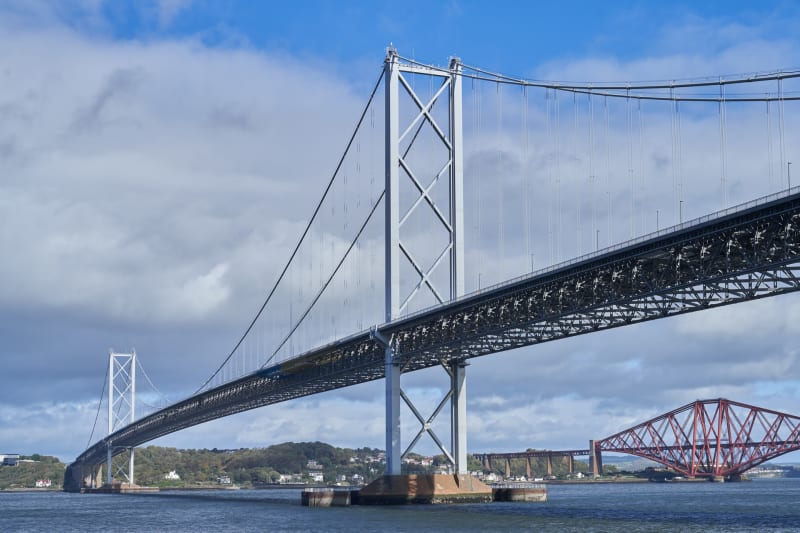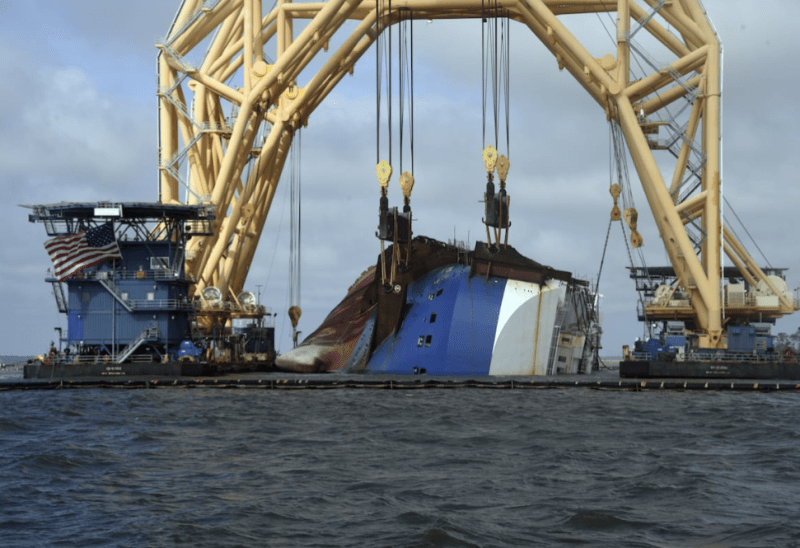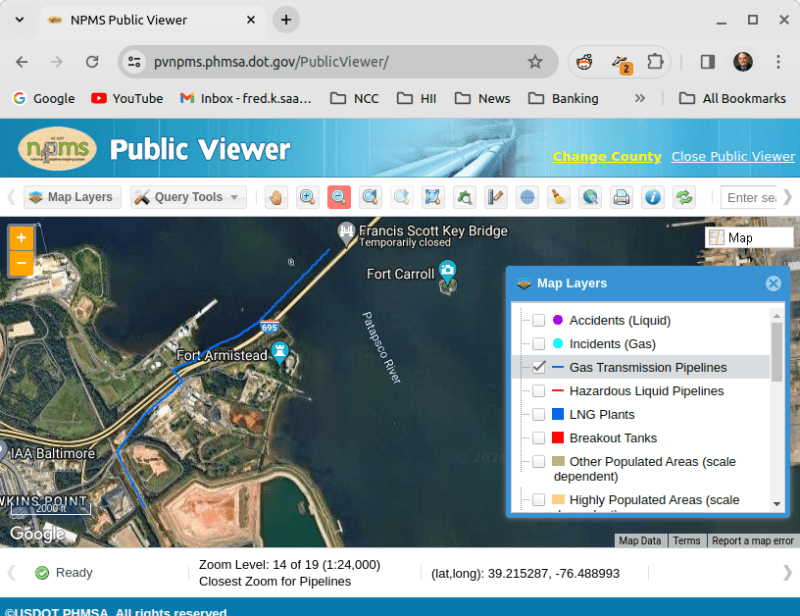Tomfh
Structural
- Feb 27, 2005
- 3,586
Follow along with the video below to see how to install our site as a web app on your home screen.
Note: This feature may not be available in some browsers.
IRstuff said:I don't really see most bridges being able to survive such collisions undamaged; the Bay Bridge doesn't have much protection against a ship that masses 10x+ the mass of the supports. The only protection is really how much redundancy is built into the bridge itself.

phameng said:If you really think somebody could have monitored tides, currents, and winds along with aligning schedules just so and then be such an amazing ship handler as to line it up perfectly 5 minutes out and then cut power to the entire ship at just the right moment to make it turn and hit at the perfect angle...you're off your rocker.

3DDave said:The caps on the Forth Road suspension bridge do not appear to provide enough distance for the overhang of a ship.

